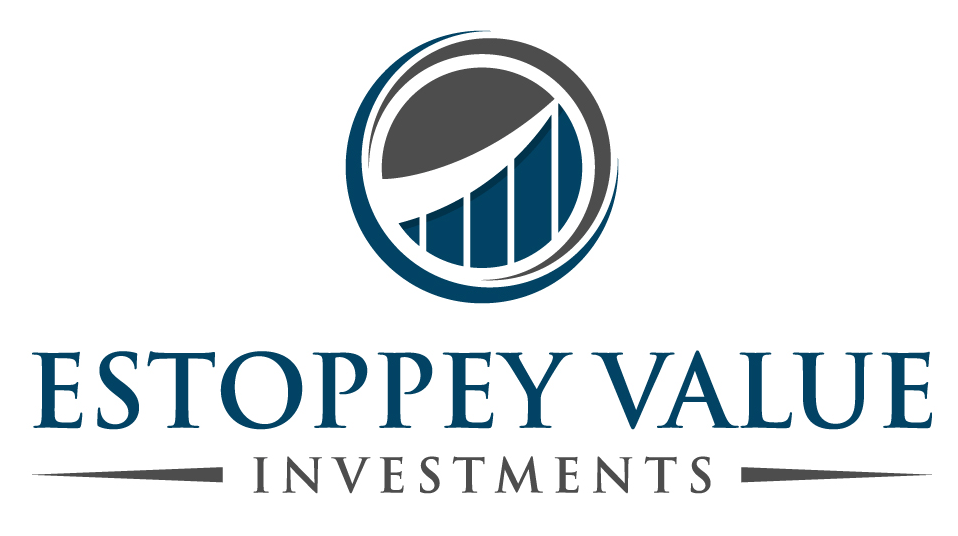Would you like to invest your money? Get in touch with an expert:
Based on nine criteria, the Piotroski F-Score
measures a company's financial strength from 0 to 9. The Piotroski F-Score is used to identify the
stocks or companies with the best value, where 9 represents the companies with the best
profitability, financing and efficiency. 0, on the other hand, indicates extremely poor profitability, financing and efficiency. The scale was developed by Stanford accounting professor Joseph Piotroski and named after him. To determine the Piotroski F-Score, the company's accounting results for the most recent periods (years) are analyzed. To determine the most profitable companies,
points are awarded for fulfilling each condition of selected financial ratios. The total of the points represents the
Piotroski F-Score.
The Piotroski F-Score is based on three factors: Profitability, Financing, and Efficiency. The company receives one point if a criterion is met. The criterion must be met for the point to be awarded. However, there is no deduction of points.
Profitability
To determine profitability, the Piotroski F-Score uses the following four criteria:
- Positive net income
- Positive return on assets (ROA) in the current year
- Positive operating cash flow in the current year
- Cash flow from operations is greater than net income
Financing: Leverage, Liquidity and Sources of Funds
For the Piotroski F-Score, the following criteria are used for measuring leverage, liquidity, and sources of funds:
- Lower debt: Lower long-term debt in the current period compared with the previous year (change in leverage).
- More liquidity: Higher current ratio/working capital this year compared with last year - change in 3rd-degree liquidity
- No dilution: no new shares were issued last year
Efficiency
Operational efficiency criteria include:
- A higher gross margin compared to the previous year
- A higher
asset turnover rate compared to the previous year
An 8 or 9 score indicates a good company, while a 0 to 2 score indicates a weak or insolvent company. In 2000, Piotroski published the paper “Value Investing: The Use of Historical Financial Statement Information to Separate Winners from Losers”. According to the paper, the Piotroski F-Score method would have generated a 23% annual return if the expected winners were bought and the expected losers sold (between 1976 and 1996). Buying only the winners would still have resulted in a 13.4% excess return.
Besides comparing companies within the same industry, Piotroski F-Scores can also be used to find companies that have high scores. Some platforms map the Piotroski F-Score, which enables filtering by the highest Piotroski F-Score. The investor may discover companies, which they have previously not considered. Piotroski F-Score can also be used to assess a portfolio. The scores can be used for short analyses and to identify potential negative developments. When investing, it is advisable to periodically review the portfolio and to liquidate investments that no longer meet the requirements. A professional, who is able to interpret the figures accurately, may be worth hiring.
The past performance of an investment/company does not guarantee future success. Additionally, the Piotroski F-Score is not suitable for every stock or company. For example, startups may be unable to meet the defined criteria. Piotroski F-Scores can therefore only be applied to established companies.
The Piotroski F-Score can evaluate the quality of the company. However, the Piotroski F-Score doesn't assess whether the current share price corresponds to the company's quality. A company valuation can provide this information. In addition, the Piotroski F-Score can fluctuate strongly. Therefore, the analysis of stocks should be done using several indicators. Investments can be challenging and time-consuming, which makes it worthwhile to hire a good wealth manager to manage the portfolio. A good wealth manager analyzes the company's quality as well as its valuation in relation to its intrinsic value.
Would you like to invest your money?
Speak to an expert.
Your first appointment is free of charge.



